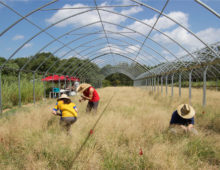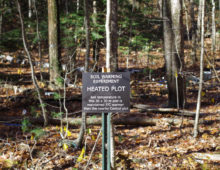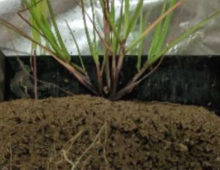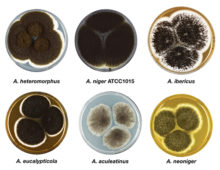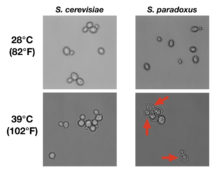A Model System for Perennial Grasses
Panicum hallii genomes offer insights to drought tolerance. The Science Researchers have developed a genomic model to study drought tolerance in perennial grasses using Panicum hallii (Hall’s panicgrass), by generating two complete genomes from varieties that diverged over a million years ago. The hallii variety thrives in desert environments, while the filipes variety is less… [Read More]
